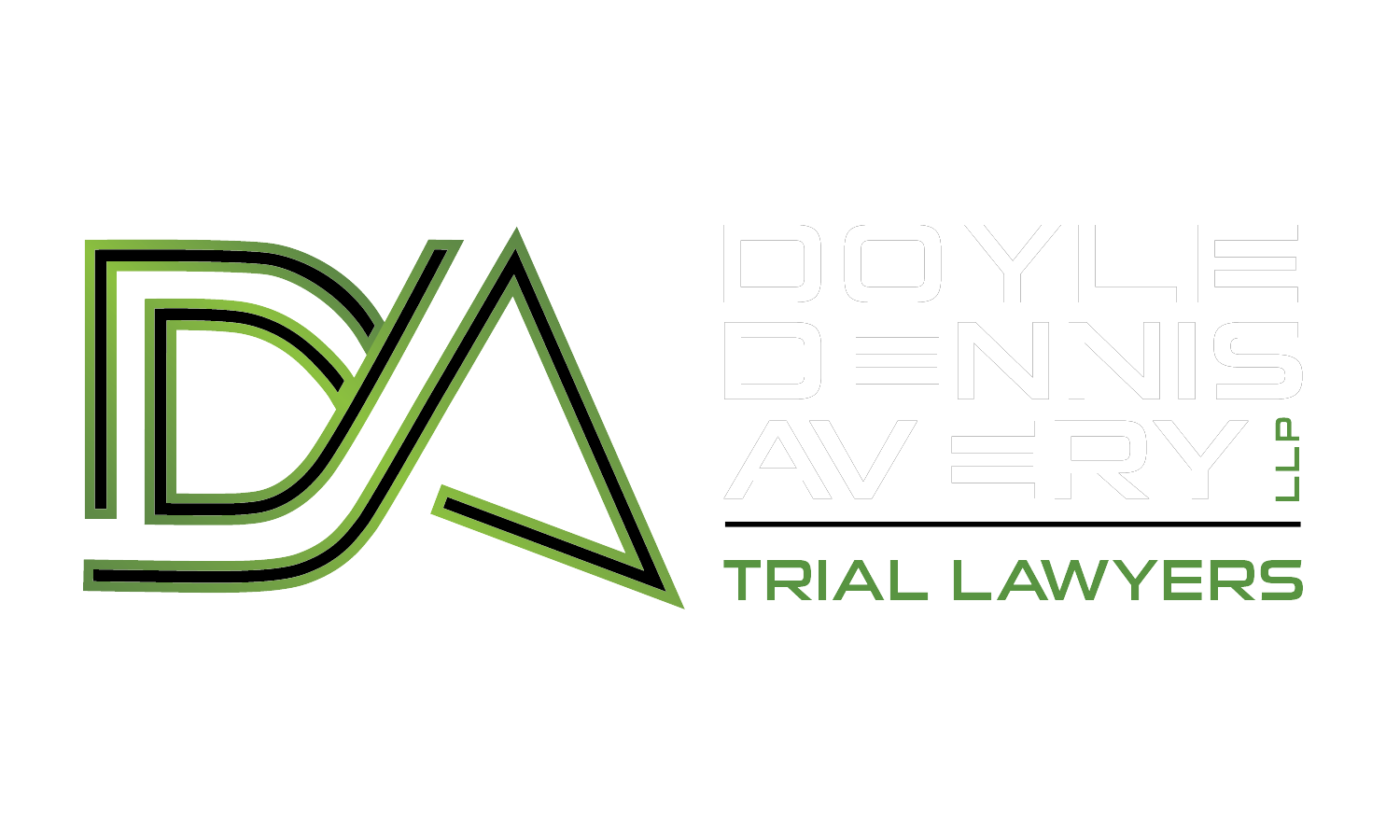First Amendment Retaliation
Doyle Dennis Avery LLP represents public employees who have been retaliated against because they engaged in conduct protected by the First Amendment, including free speech and union activity.
Who is protected?
To assert a claim for a violation under the First Amendment, an employee must be a public employee or have been retaliated against by a public entity. In particular this may include: firefighters, police officers, teachers, elected representatives and staff; school employees; social worker; mental health therapist; substance abuse counselor; or municipal employee.
What is protected?
The First Amendment protects the right to free speech. However, this free speech must address “public concerns,” not merely issues of concern for employment only. Similarly, an employee is also protected under their right to unionize.
How to I prove wrongful termination or retaliation?
To make a claim for retaliation under the First Amendment based on protected union activity, Plaintiffs must show (1) an adverse employment action, (2) engagement in a constitutionally protected activity, and (3) the protected act was a substantial or motivating factor in the defendant’s adverse employment decision. Once a plaintiff has met the “burden of showing that his protected speech was a substantial or motivating factor in the defendant’s adverse employment decision, a defendant may still avoid liability by showing, by a preponderance of the evidence, that it would have taken the same adverse employment action even in the absence of the protected speech.” But importantly, a plaintiff can “refute that showing by presenting evidence that his employer’s ostensible explanation for discharge is merely pretextual.”
To establish that the protected activity was a motivating factor in their discharge, Plaintiffs “must at least establish his protected action was one of the reasons for his termination.” Courts have pointed to several examples of the types of evidence necessary to prove a causal connection. For example, “[c]lose timing between an employee’s protected activity and an adverse employment action can be a sufficient basis for a court to find a causal connection required to make out a prima facie case of retaliation.” Similarly, the “causal connection prong ‘may also be satisfied when the plaintiff relies upon a chronology of events from which retaliation may plausibly be inferred.’”
What damages are available?
An employee who has been retaliated against for their first amendment rights, may recover lost wages, mental anguish, punitive damages, and attorney’s fees.
Copyright © 2025 Doyle Dennis Avery LLP Trial Lawyers. All rights reserved. Powered By Blue Beam LLC
The information on this website is intended for general informational purposes only and is not legal advice for any individual case or situation. Viewing or receipt of content on this website does not create an attorney-client relationship between the user and Doyle Dennis Avery LLP.
The cases, verdicts and settlements displayed on this site are solely for illustrative purposes and should not be considered a guarantee or prediction of the outcome of any other claims or cases. Each case is unique, and past outcomes are not indicative of future results.
We recommend that users consult with an attorney for legal advice on any questions or concerns they may have. Users rely on the information on this website at their own risk.
